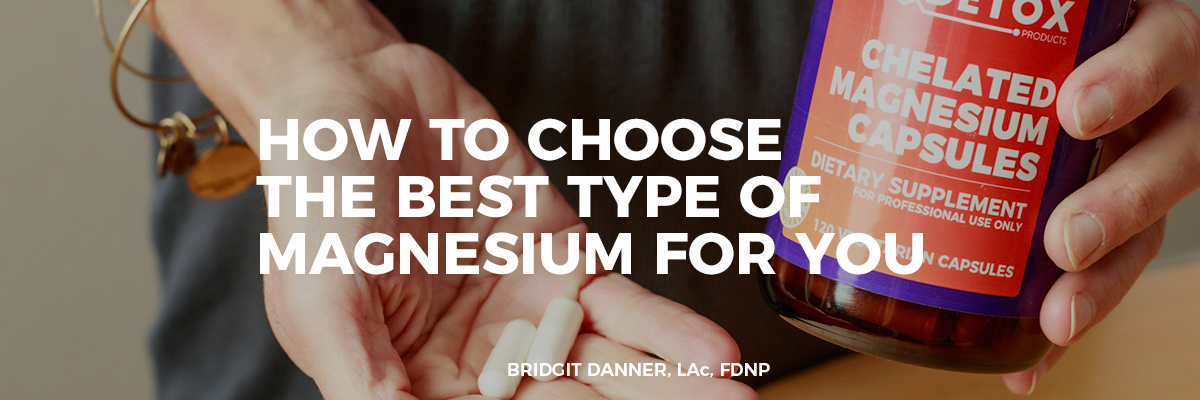The Mold-Thyroid Connection
Did you know the Salem Witch Trials can be blamed on foods contaminated with toxic mold? (1)
Moldy ergot growing on rye in the 16th and 17th centuries has been linked with witch trials. Mold has been growing alongside us since our early hunter-gatherer ancestors began collecting and preserving foods. (2) Throughout our time together, we’ve been able to harness some mold for good, like penicillin, but others continue to cause health issues. (3)
This article sets out to highlight common places you may contact mold, effects of mycotoxin exposure, thyroid tests, and mold testing.
Mold Prevalence
According to the Berkeley Lab, 47% of all buildings across the United States have dampness and/or mold in them. (4) The data they used to come to this conclusion specifically looked at homes. Unfortunately, there’s no good data to look at when it comes to the prevalence of mold in other buildings like offices, schools, or stores. Nearly 1/3 of schools in the country have plumbing issues that could harbor environments suited for mold growth. (4)
This means you and your family may be coming into contact with mold and their toxic compounds more than you realize. Keep reading to learn more about toxic mold and how to identify symptoms.
What Is Toxic Mold?
As I’ve already mentioned, we live in harmony with the vast majority of mold species. They’ve been growing alongside us and in our food from the time our hunter-gatherer ancestors started storing crops. (2)
With that said, some molds can produce mycotoxins (myco- is the Latin root for mold). Our first generation of antibiotics originated from mold spores. Penicillin got its name due to the fact the compound was discovered, by accident, when Penicillium notatum was able to kill off surrounding bacteria. (3)
Simply put, mycotoxins are toxic compounds created by mold that can have negative health effects if not addressed appropriately. These toxins may spread by direct contact, food contamination, and even through the air! (5)
Signs of Mold Toxicity
Symptoms of mycotoxin exposure are highly variable. Your age, gender, and length of exposure all play a role in mycotoxin’s effects. Other things that play a role in your symptoms include genetics, nutritional status, and interactions with other chemicals. (5)
Some of the common signs of mycotoxin exposure include the following: (6) (7)
IBS
Nausea
Food intolerances
Dizziness
Brain fog
Thoracic stuffiness
Fatigue
Coughing
Wheezing
Red/itchy eyes
Skin rash
Sore throat
Suppressed immune response
Weight gain
Muscle tics
ADHD
Anxiety or depression
Insomnia
How Mycotoxins Impact Your Health
Gut and Mycotoxins
One of the biggest impacts mycotoxins may have on your health is on your gut integrity. That just makes sense when you think about it. If antibiotics are derived from fungus and antibiotics are known to disrupt gut health, then of course other mycotoxins can cause GI imbalances.
There are three distinct ways mycotoxins can affect your gut: (6)
Destroy the Microbiome
Impair Glucose Metabolism
Alter GI Tract Structure & Function
→ You may want to try our products by Microbiome Labs to restore normal flora, combat viruses, bacteria and mold, and seal that leaky gut that can lead to autoimmunity and inflammation.
Liver and Mycotoxins
Mycotoxins may also exert significant effects on your liver. Our liver has a family of enzymes called cytochrome p450. These are the little machines responsible for breaking down, detoxifying, and even activating toxins and hormones. (6)
Mycotoxins can directly “poison” the liver and destroy these detoxifying powerhouse cells. They may even overwhelm the enzymes and as a result cause build-up of a variety of toxins.
→ A supplement we offer used for the liver is our Broccoli Sprout and Seed. Use 1-3 capsules per day.
Mitochondria and Mycotoxins
Our mitochondria are widely considered the powerhouses of the cell. However, they are so much more. Other than producing ATP (which powers all of our cellular processes), the mitochondria help to coordinate the immune system, detoxification, and our endocrine system to name a few. Mitochondrial dysfunction may be the result of mycotoxin exposure.
→ A helpful mitochondrial rebuilder is CoQ10, a mitochondrial supplement that I still take daily. Not only does it give me energy but I do think it protects my skin’s youthfulness! We sell a highly available form called CoQ10 Energy and I recommend two capsules in the morning.
Mold & Thyroid Health
Thyroid function is intricately tied to gut health, liver function, and mitochondrial health. It’s no wonder that people suffering from mycotoxin exposure often end up with thyroid dysfunction.
Poor gut health has been connected to an increased risk of Hashimoto’s thyroiditis. Hashimoto’s is an autoimmune thyroid condition. If you’re not familiar or would like to read more, check out this blog. You’ll also see a little bit of information about how to get a healthy gut.
The liver is responsible for activating approximately 80% of our thyroid hormones. If you’re not familiar with your liver’s role in thyroid health you can read more here. To give a quick summary though, when your thyroid produces hormones, it pumps out hormones called T4 and T3. T4 is inactive and must be converted by individual cells (or the liver) before it can have an effect. T3 is the active thyroid hormone, but very little is directly produced by your thyroid.
If your liver becomes impaired, your thyroid hormone activity can be dramatically impacted.
Lastly, your mitochondria are directly influenced by thyroid hormones. It turns out our mitochondria have specific receptors for thyroid hormones. This recent discovery may change the way we look at not just thyroid disease, but diseases in general. (9)
If mycotoxins can alter our gut function, destroy microbial balance, alter GI structures, impair liver activity, and impair mitochondrial receptors then thyroid function can be negatively affected.
The Importance of Testing
Hashimoto’s or low thyroid function is incredibly common when you have mold toxicity.
If you:
Have the symptoms above
Know or suspect you have a thyroid issue
Know or suspect you have a mold issue
It’s incredibly important to test.
Mold toxicity can lead to a tangle of serious complications including neurological conditions and cancer.
An autoimmune diagnosis usually leads to a new autoimmune diagnosis every 10 years.
Tests we offer are:
Mold and Toxins Testing (the best test if you think you’ve been exposed to mold at any point)
Thyroid + Testing Package (covers Hashimoto’s, all thyroid levels, insulin resistance and more)
Past Labs Review (if you’ve had testing but need help with creating a plan)
Read here for a more in-depth explanation on how to test thyroid health.
Summary
Mold is all around us. About half of all homes and a third of all schools can be harboring mold. Mycotoxins that are released by mold into the air, onto our food, or in the environment we inhabit. Several aspects of our health can be impacted by mycotoxicosis.
Your gut, liver, and mitochondria are at major targets for mycotoxin bedlam. If you experience any of those symptoms listed above you may want to consider getting your thyroid and mold levels tested!
Bridgit Danner, LAc, FDNP, is trained in functional health coaching and has worked with thousands of women over her career since 2004. She is the founder of FunctionalDetoxProducts.com.
Check out her easy 5-Day DIY Detox Guide here!
















Polyphenols have been widely studied and shown to have numerous benefits, including protecting against cancers, heart disease, and more. hard to protect you from oxidative damage and stress, they are also turning back the clock on your physical appearance too? Read more…